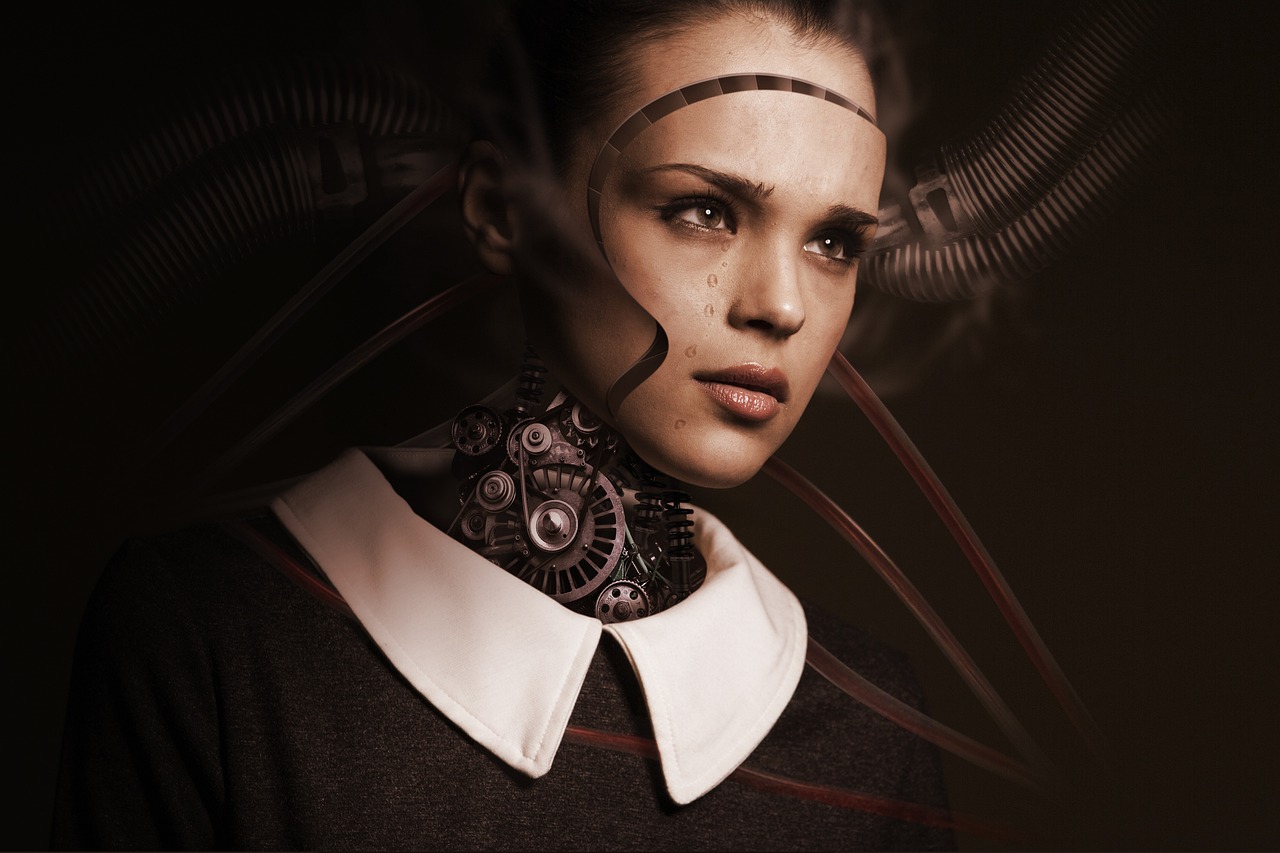Matt Carlson
•06 Oct 2023
Fashion Forward: How Synthetic Humans are Transforming Fashion E-commerce

In the ever-evolving world of e-commerce, innovation is the key to success. The latest groundbreaking trend taking the industry by storm is the use of synthetic humans, also known as virtual models, to showcase fashion products. These digital avatars are revolutionizing the way customers interact with online fashion stores, providing a hyper-realistic and personalized shopping experience. In this blog, we'll explore the exciting realm of synthetic humans and how they are changing the game for e-commerce fashion stores.
The Rise of Synthetic Humans in E-commerce:
The traditional approach to showcasing fashion products online often involves professional models wearing the clothing. While this has been the norm for years, it has its limitations. These models may not represent the full diversity of your customer base, and the photoshoot process can be time-consuming and expensive. This is where synthetic humans come into play.
What Are Synthetic Humans?
Synthetic humans, in this context, are computer-generated avatars that replicate the appearance and movement of real people. These avatars are created using advanced 3D modeling and animation techniques, and they can be customized to fit any brand's vision and style. They can represent various ages, ethnicities, body types, and genders, ensuring a broader appeal to your audience.
Benefits of Synthetic Humans in E-commerce Fashion:
Unlimited Diversity: With synthetic humans, you have the power to represent a diverse range of customers. Whether you're targeting different ethnicities, age groups, or body types, these avatars can be tailored to meet your specific audience's needs.
Cost-Effective: Traditional photoshoots with real models, photographers, and makeup artists can be expensive. Synthetic humans offer a cost-effective alternative that eliminates the need for physical photoshoots.
Efficiency: Say goodbye to coordinating schedules, booking studios, and waiting for the perfect lighting conditions. With synthetic humans, you have complete control over the process, allowing you to create and update content at your convenience.
Personalization: Synthetic humans can be used to create personalized shopping experiences. Customers can select avatars that closely resemble their own body type, allowing them to see how the clothes will fit on their unique frame.
Real-World Examples:
Several e-commerce fashion brands have already embraced synthetic humans to elevate their online shopping experience:
Zara: The renowned fashion retailer Zara introduced virtual models on their website, showcasing clothing items on avatars with various skin tones, sizes, and styles, offering customers a more inclusive and personalized experience.
The Fabricant: A digital fashion house, The Fabricant, creates entirely virtual clothing collections designed for synthetic humans. Customers can purchase these digital garments to use in social media or virtual worlds.
Request a free demo
Custom demos typically last for 30 minutes.
Challenges and Considerations:
While synthetic humans hold great promise, there are some challenges and considerations to keep in mind:
Technology Investment: Creating high-quality synthetic humans requires a significant initial investment in 3D modeling and animation technology.
Realism: Achieving hyper-realism in virtual models can be challenging but is crucial for customer trust and engagement.
Data Privacy: Handling customer data, especially when personalizing avatars, must be done securely and in compliance with data privacy regulations.
The Future of E-commerce Fashion:
As technology continues to advance, we can expect synthetic humans to become even more realistic and interactive. They may soon offer features like virtual fitting rooms, where customers can try on clothes virtually, or the ability to simulate different fabrics' textures.
In conclusion, synthetic humans are changing the face of e-commerce fashion by offering a more inclusive, cost-effective, and efficient way to showcase products. By embracing this technology, e-commerce fashion stores can stay ahead of the curve and provide customers with an immersive and personalized shopping experience. The future of fashion is virtual, and it's here to stay.
News letter
© 2021 CartUp AI, Inc. All rights reserved.
